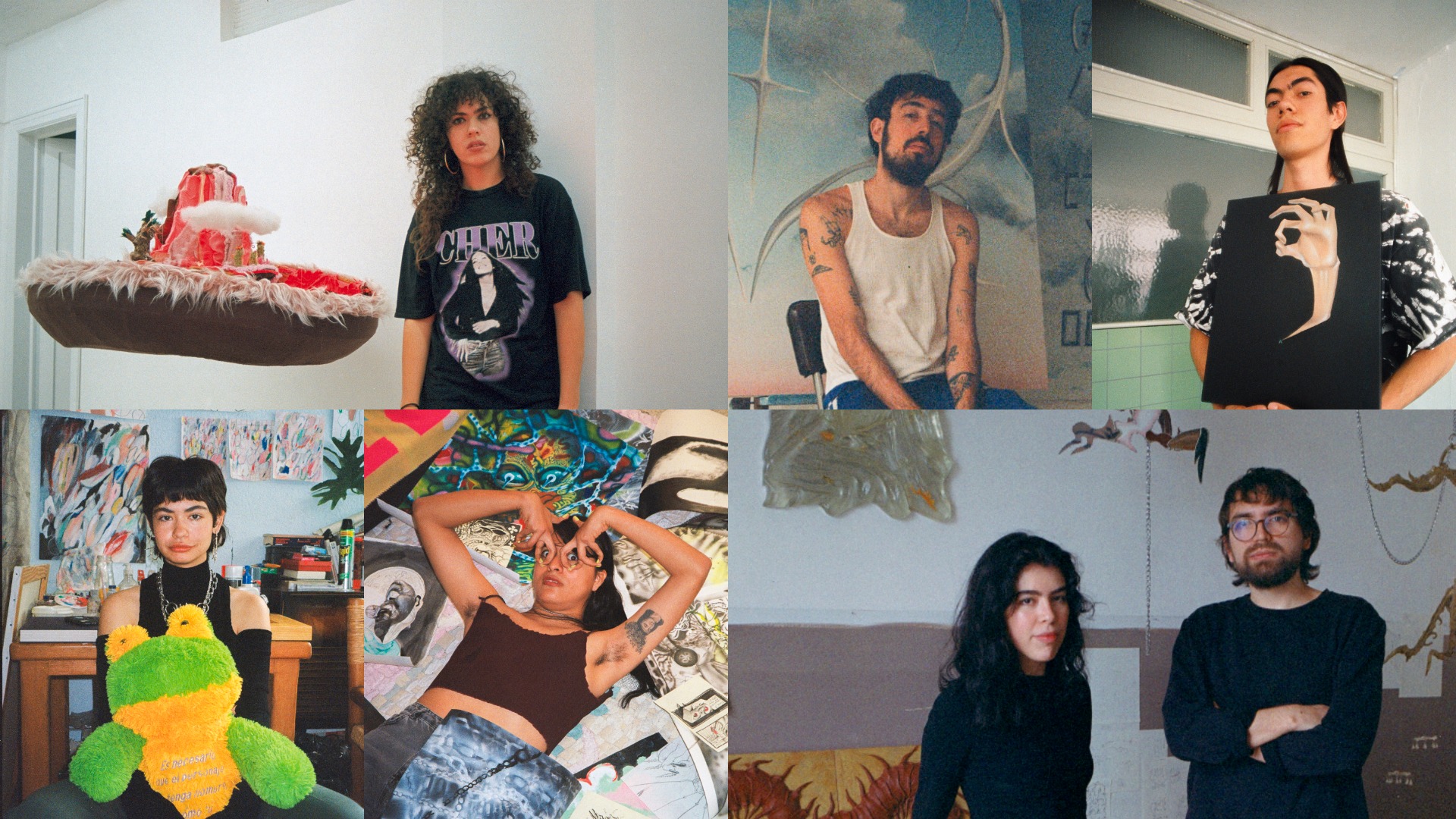What happens to young artists during a pandemic, when it seems that big names are becoming even bigger and emerging talents remain, well, emerging?
Economic uncertainty is a given in Mexico, making the people there more resilient than most. However, the pandemic is a challenge that they have never encountered before. Mexico City, the gargantuan metropolis that swallows the weak and makes everyone else work twice as hard, is the center of an ebullient young art scene. It’s one that, like the rest of the world, has faced an enforced halt to its frantic rhythm.
Below, six artists talk about how they deal with a dated art system, the anxiety of uncertain times and how they visualize themselves in 2021.

Paloma Contreras, 28, Mexico City
What was a high point for you in 2020?
Realizing the feminine network that surrounds me. Together, we can imagine, and imagination during a pandemic is a radical act.
How does Mexico City inform your work?
There is not only one Mexico City, its one of the most gory and crude cities there are because of many situations co-existing here. Mexico City affects my stomach, I think it conditions my relationships, my sexuality, how long I move and the fear I can feel, how I exist in terms of class, within the imaginary decadent middle class.
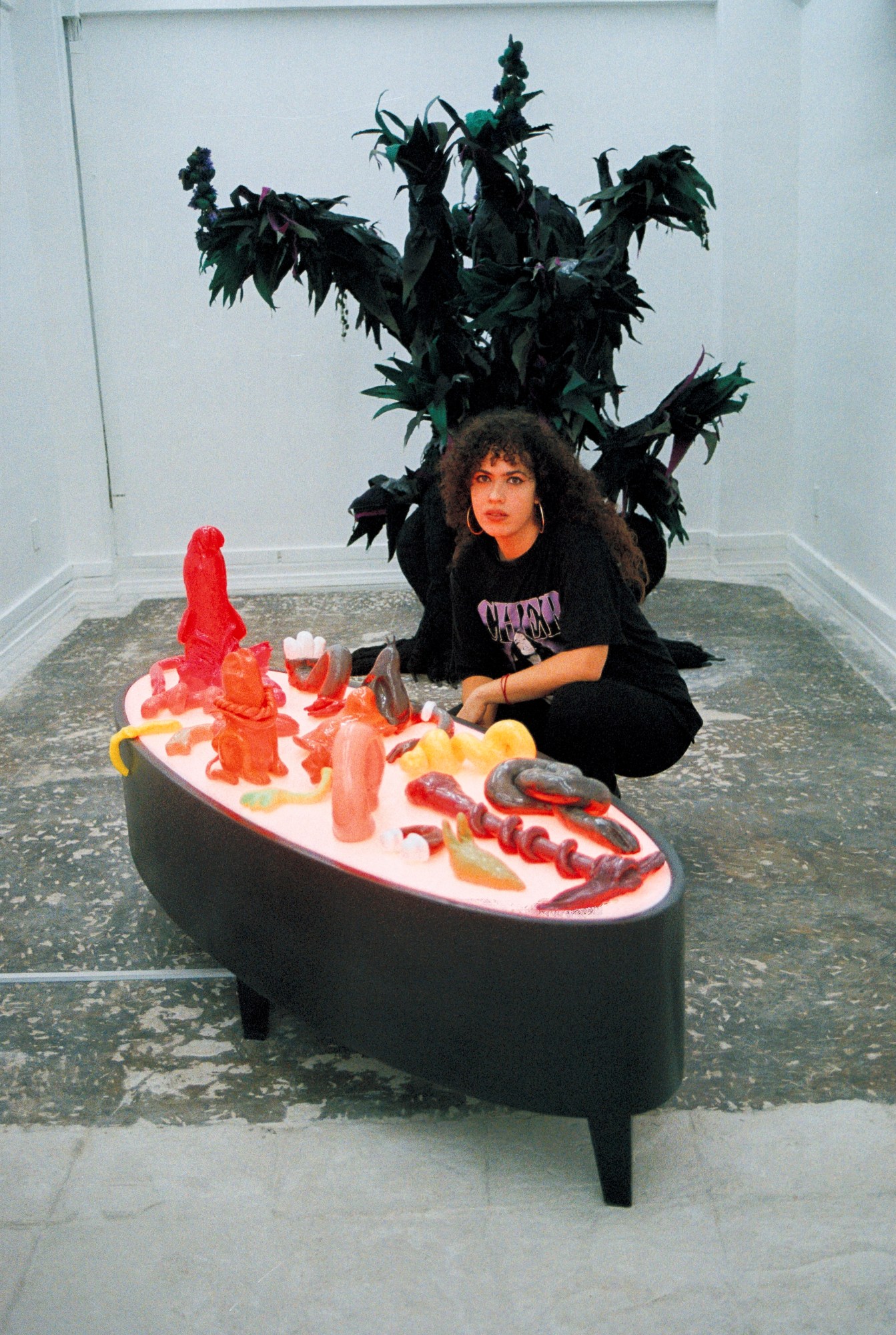
What was the last show you participated in?
I opened my solo exhibition El pantano de las animas at Pequod Co, a new project space. It was crazy to produce the work during the pandemic, but I have to admit I enjoy entertaining just a few people by appointment and have conversations about the work in an intimate way.
What is your main concern right now?
My main concern is that collective discussion is diminished. There’s no video call that’ll replace protesting in the streets with my friends. This pause made me recognize the great anxiety that I sometimes have, and that I observe in my generation, for hyper-productivity.
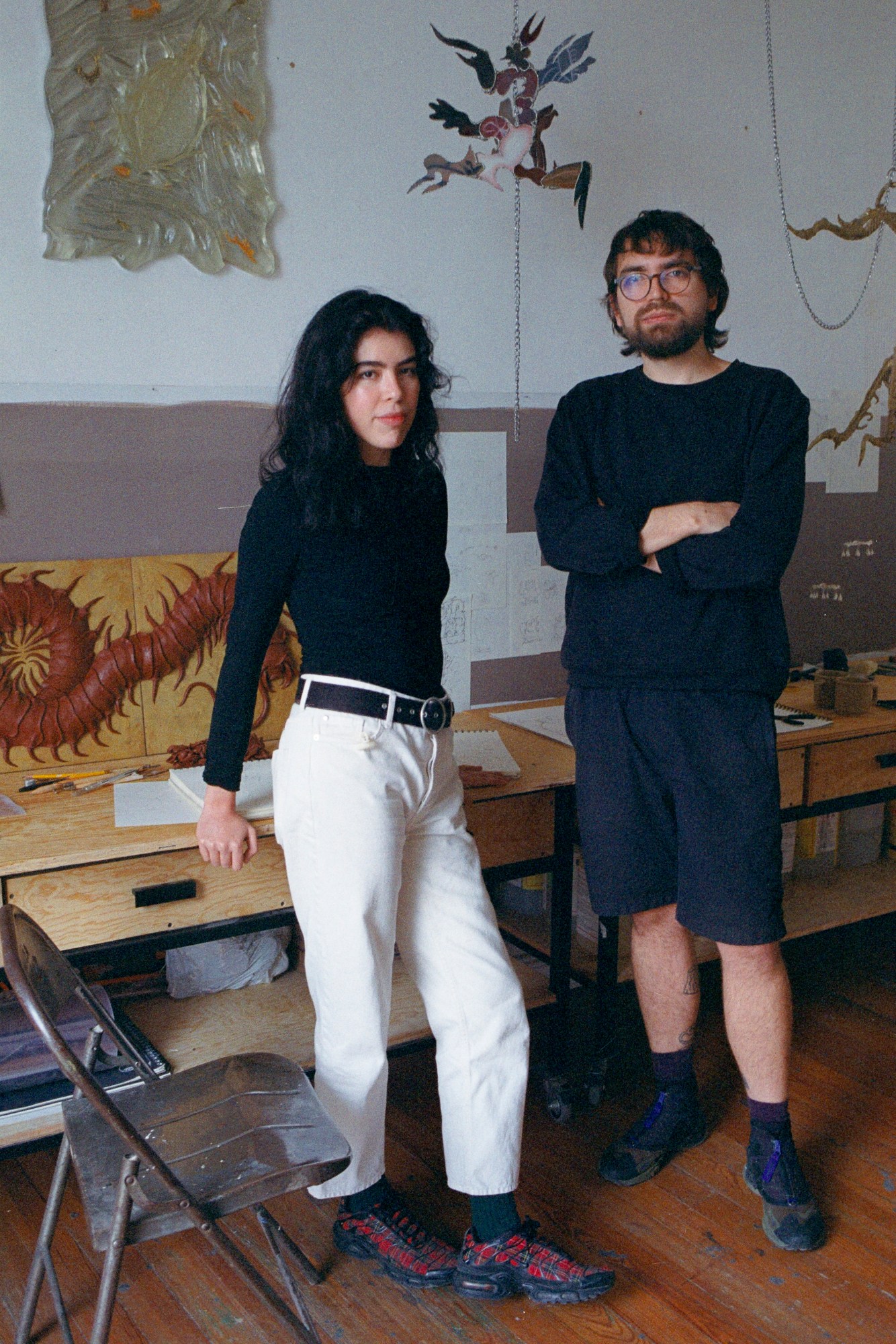
ASMA, Hanya Beliá, 26, Cancún, Yucatán, Matias Armendaris, 30, Quito, Ecuador
What was the last show ASMA participated in?
Our last exhibition was at the end of January at Embajada, a gallery in Puerto Rico. It was funny because, the show was called Janus, like the Greek god of transitions, and two months after it opened, the quarantine started.
When did you feel the most vulnerable over the past few months?
April was a scary month. We stopped going out completely and our shows started to get postponed, most of them until 2021. To make matters worse, the power went off in our neighborhood, [so] we walked with candles around the house.
What do you think of digital viewing rooms as a future platform for artists?
They seem to be a good alternative now, but social media already covered this part before the pandemic. The sales generated through the viewing room format are better for established artists, but for emerging talents, the physical experience can be very necessary.

How do you perceive the the international art market’s view of Latinx artists?
The art market tends to prefer a more “exotic” Latin American art, however we believe that there is a lot of talent that doesn’t make usage of this aesthetic.
How do you visualize ASMA in 2021?
Despite everything, we believe it will be a good year. We hope to complete all pending projects and we have plans for a residence in the desert that we are very excited about.
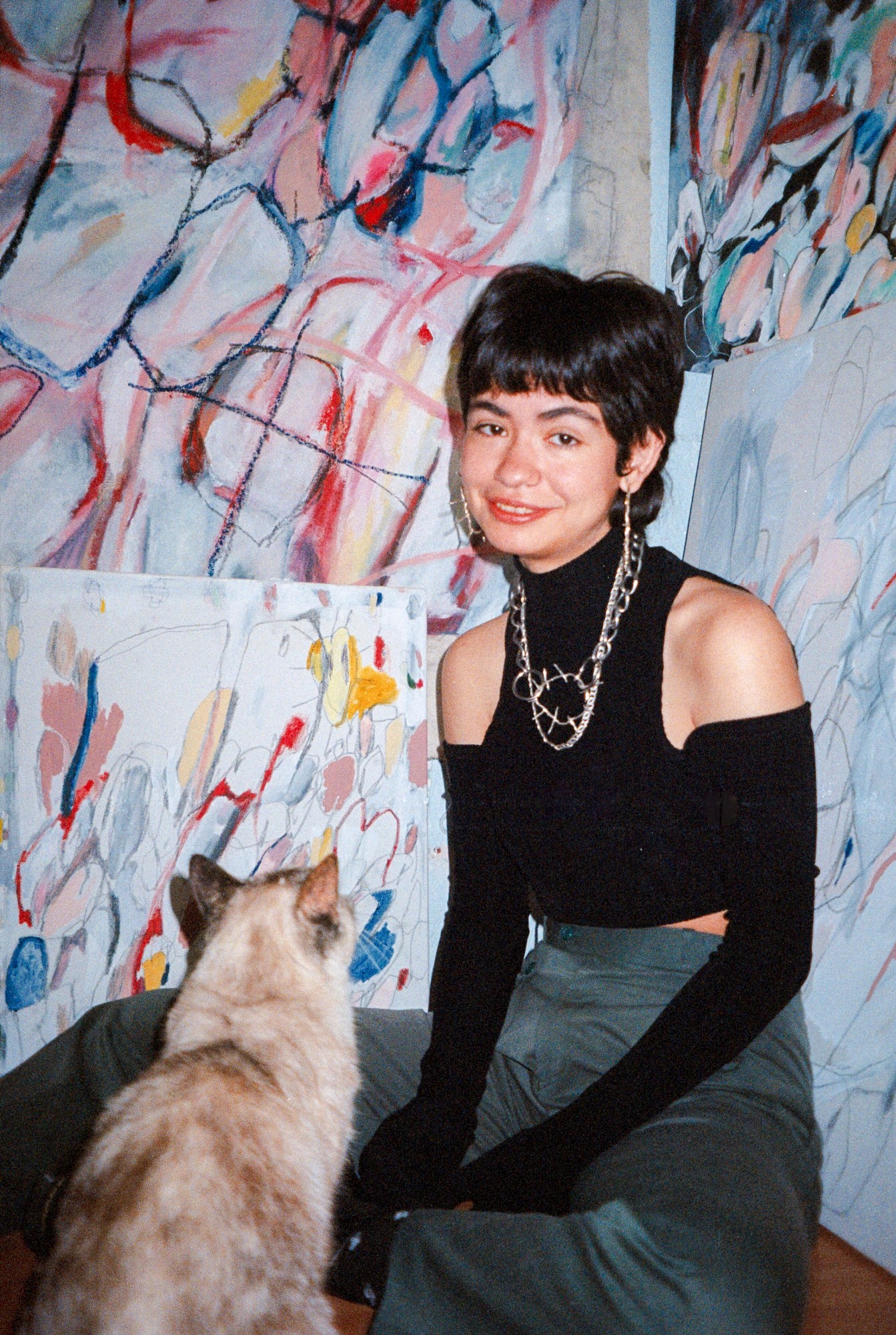
Camila GB, 22, Mexico City
What are the main themes in your work?
I am interested in the written word as a visual element, mainly to address political and affective processes. Right now I’m working from the interstices left when removing information from pamphlets, canvases and encyclopedias.
What was the last show you participate in?
The girls from Clavel invited me to a group show called Relamida in a warehouse in February. The pieces I showed were plush toys referencing systemic violence and the act of grooming.
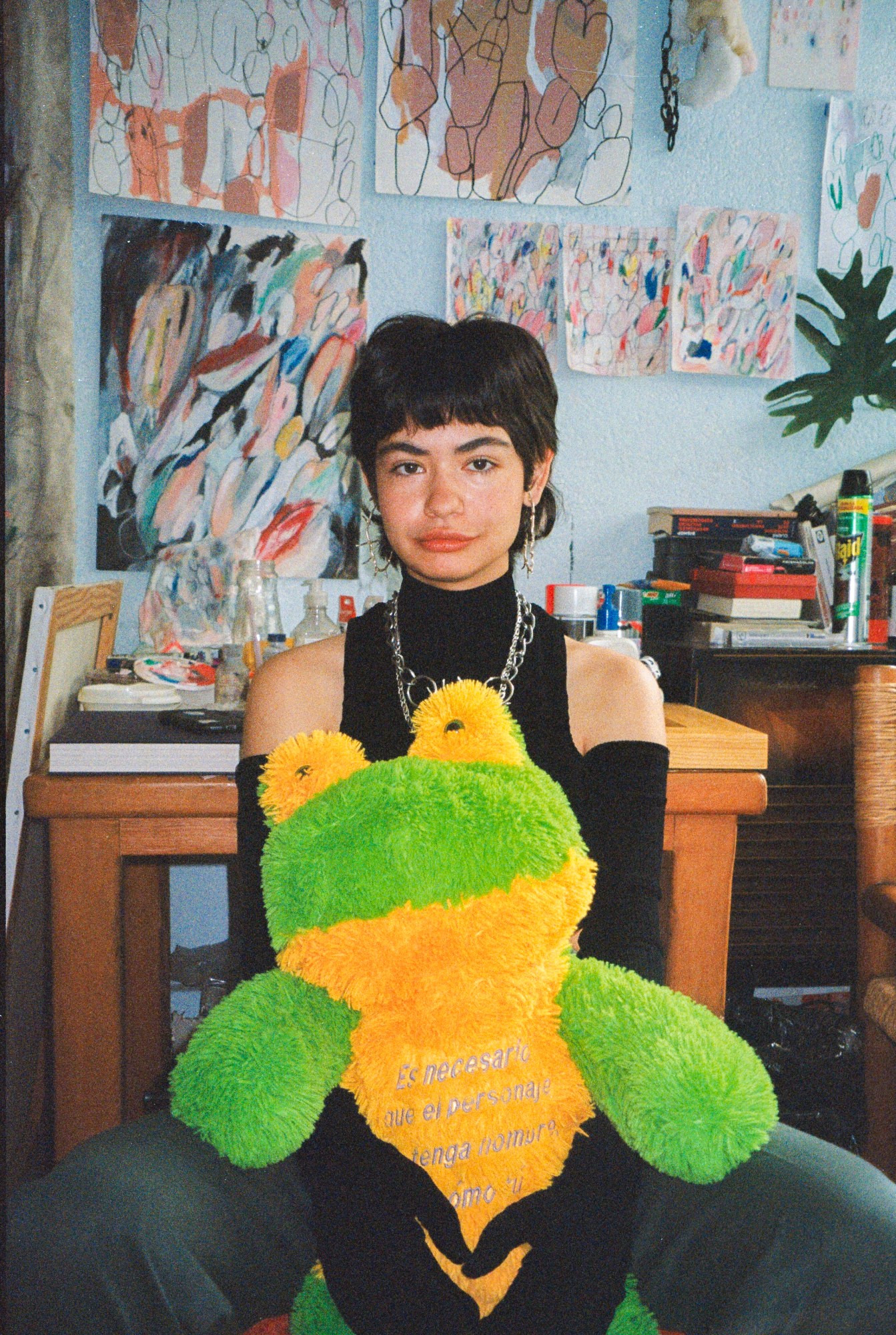
How do you deal with the anxiety of the economic turmoil?
I take a small pink pill called Bromazepam. I believe in the power of community, but seeing how support networks have formed to back projects in the midst of the emergency, it moves me but also overwhelms me. These resources are generated to rescue a system that’s not sustainable nor current; we should rethink how the art system in Mexico and the South operates.
How do you visualize yourself in 2021?
I hope to be able to return to cultural management and focus more on producing work for physical exhibitions, as well as working with platforms conceived as a result of quarantine. I would love to be able to travel.
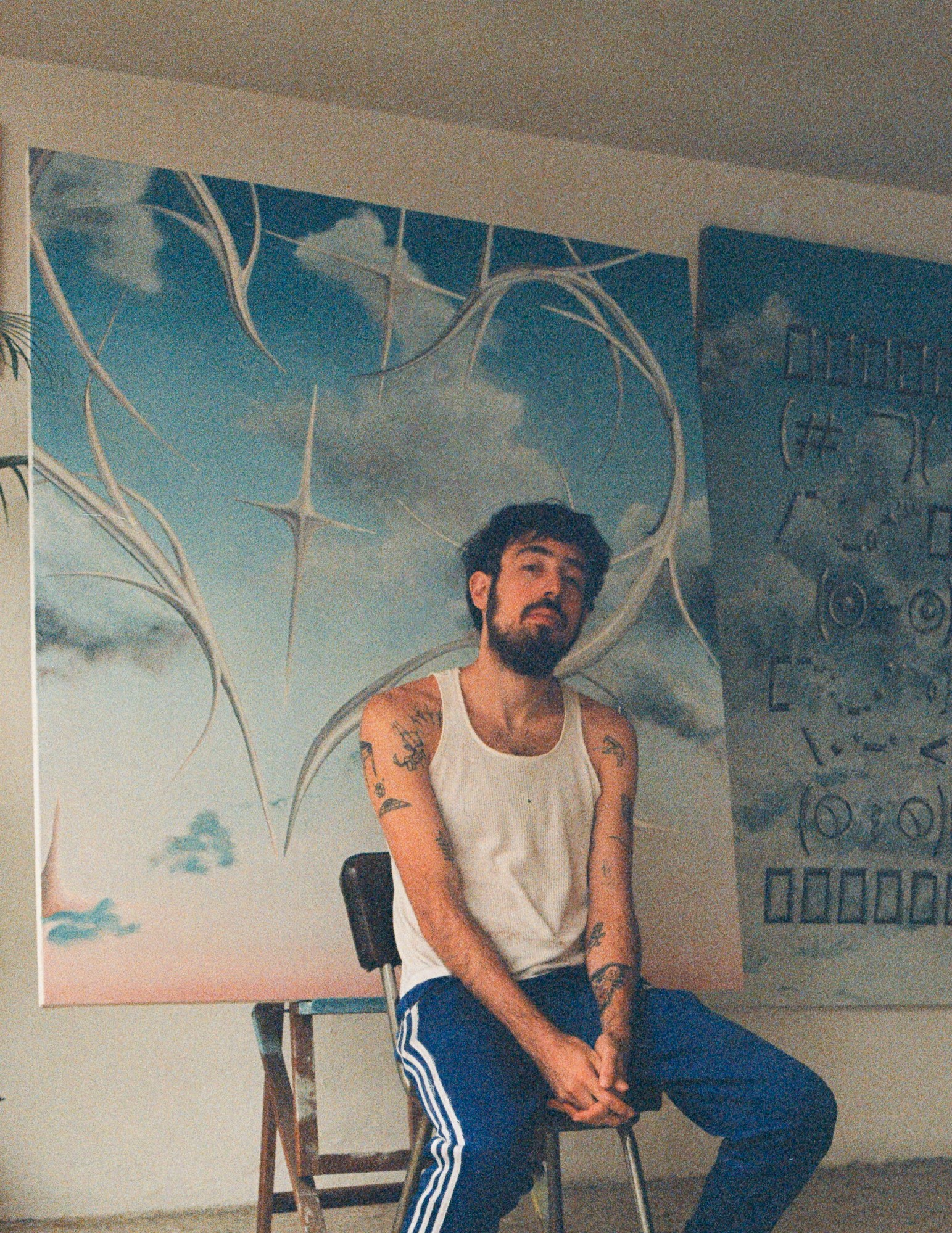
José Eduardo, 30, Mexico City
What was the last show you participated in?
Echosystem was a group show in a public space, following the rules of social distancing. The show was about a Google maps document containing different paintings existing outdoors that have influenced me: murals, signs and my favorite graffiti in the urban landscape of Mexico City.
How do you deal with the anxiety of the economic turmoil?
By working. Economic uncertainty is a given in Mexico.
What role does social media play in your practice right now?
Social media is a tool that provides visibility, but seeing a painting in real life is very different from seeing an image of it. I don’t see them as a fundamental part of my work, only to know what’s happening in the world and for memes.

What do you think of digital viewing rooms as a future platform for artists?
At the beginning of quarantine, I wanted to experiment with the possibilities that arise from the impossibility of meeting in a physical space by doing an online exhibition with the Oaxacan artist Andy Medina. We compiled the work of more than 30 Latinx artists at l4 inches. I think I prefer the .pdf format.
When is your next show?
It’s at Neo-tortillería, a space in Guanajuato. It’s been complicated, but in the end, being able to adapt to these conditions has shaped the show. Obviously, you will only be able to visit by appointment, but for me, it’s important to be present. I am more worried about getting the virus on the bus going there.

Mili Herrera, 25, Oaxaca, Oaxaca
How the pandemic changed your practice?
I lived in Mexico City for seven years, but I decided to leave in mid-March when I noticed that the isolation measures would hinder any project I had. I thought where I would like to spend that [period of] loneliness. Coming back to my hometown makes me reconnect and confront who I am.
What do you think of viewing rooms as a future platform for artists?
I believe that it is a very fertile medium, with incredible possibilities, but it lacks the festive and social sense of openings and the resolution of real life.
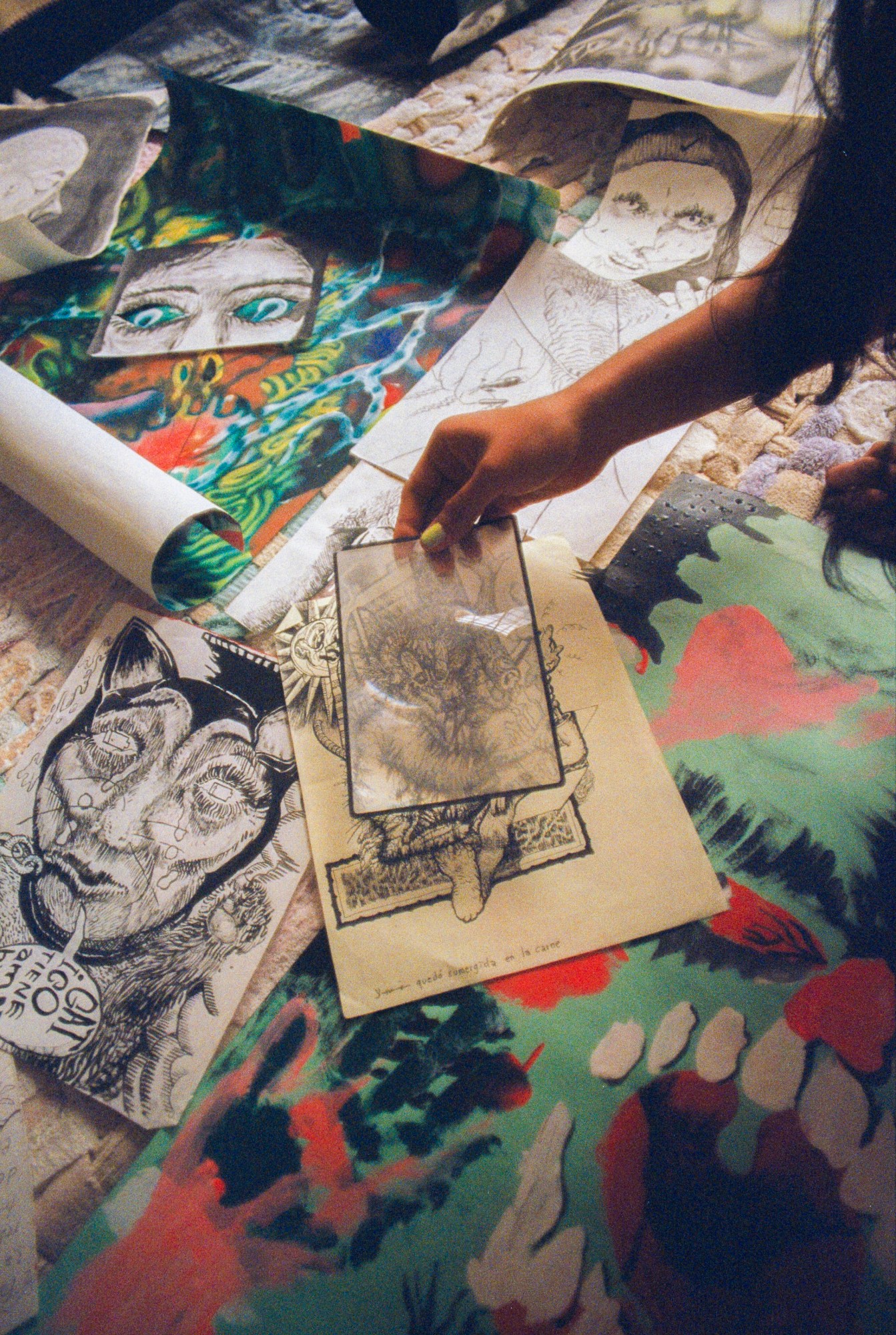
How do you perceive the international art market’s attitude towards Latinx artists?
With mutual distrust. I feel the international art market thinks young Latinx artists are not a reliable long-term investment due to the volatility of our passage through the medium, or unintelligible due to the cultural and economic differences in which we are immersed. But there are very different sides of Mexico.
How do you see the future of art in Mexico in 2021?
More uneven. More digitalized. More affected by dreams and nightmares. More dependent on the emotional ties between its members. More empty of people. More arduous and competitive.
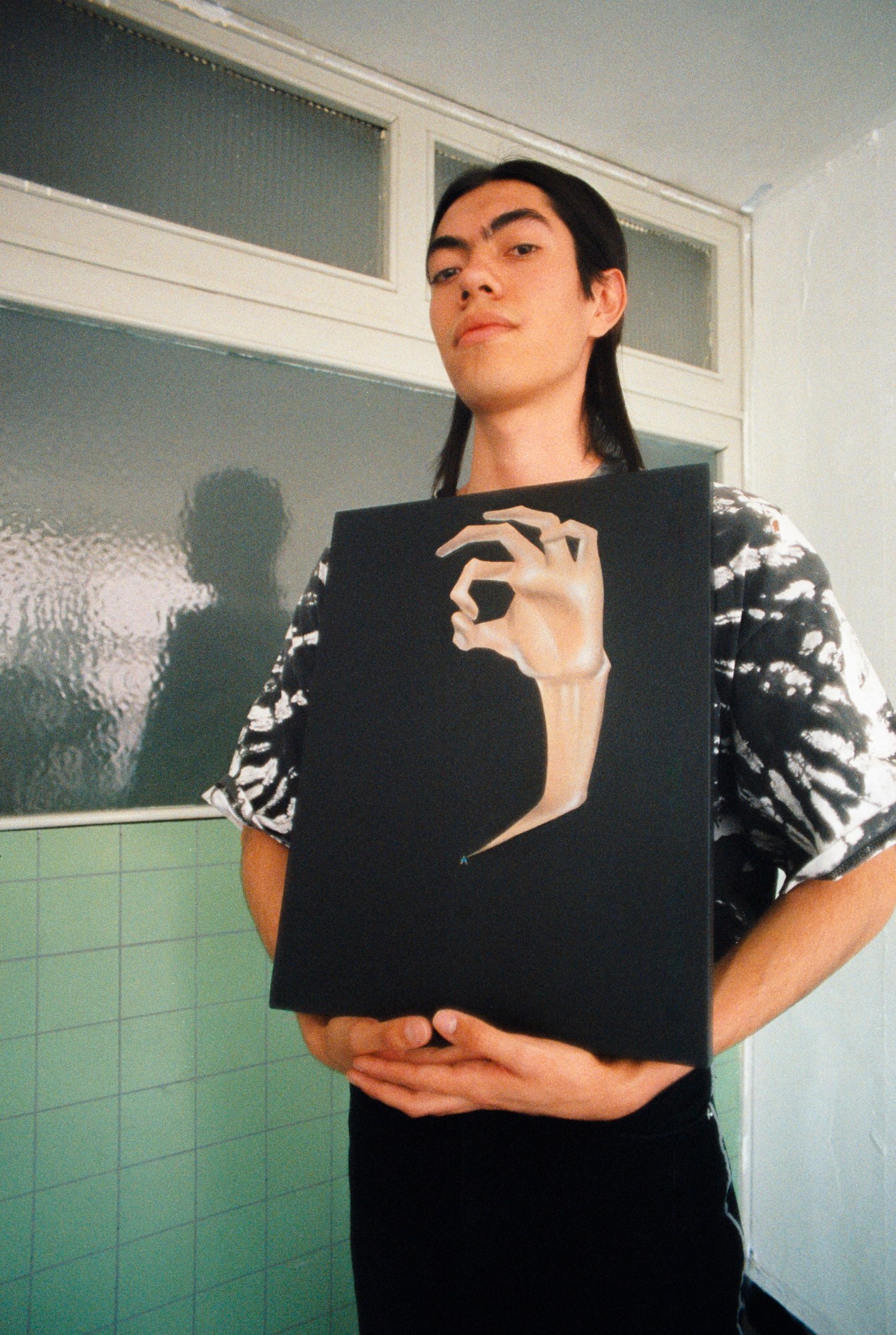
Samuel Guerrero, 23, Mexico City
What was the last show you participated in?
I participated in Latinchat, which happened online for three days and showed the work of 30 Latinx artists. The virtual space made it possible to show paintings as well as new media. ♡
How does Mexico City inform your work?
Growing up here draws me to experiential themes in my work. I also like to resource to certain perceptions and feelings from my childhood.

How do you deal with the anxiety of economic turmoil?
It’s difficult because the way in which I avoid anxiety is by creating, but producing more work does not always mean more income.
What should change in the art system for it to benefit LATAM artists?
The old dynamics of big galleries and spaces, they do not contribute to the growth and diversification of the creative scene in Mexico.
How do you visualize yourself in 2021?
That I have financial solvency for my new production and that what I’m doing now will bring benefits tomorrow.
